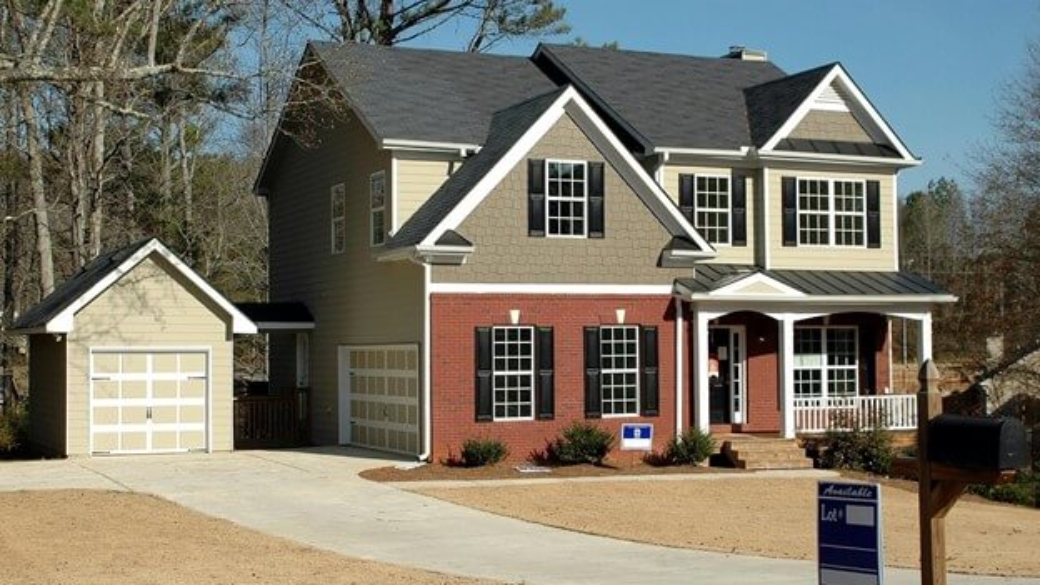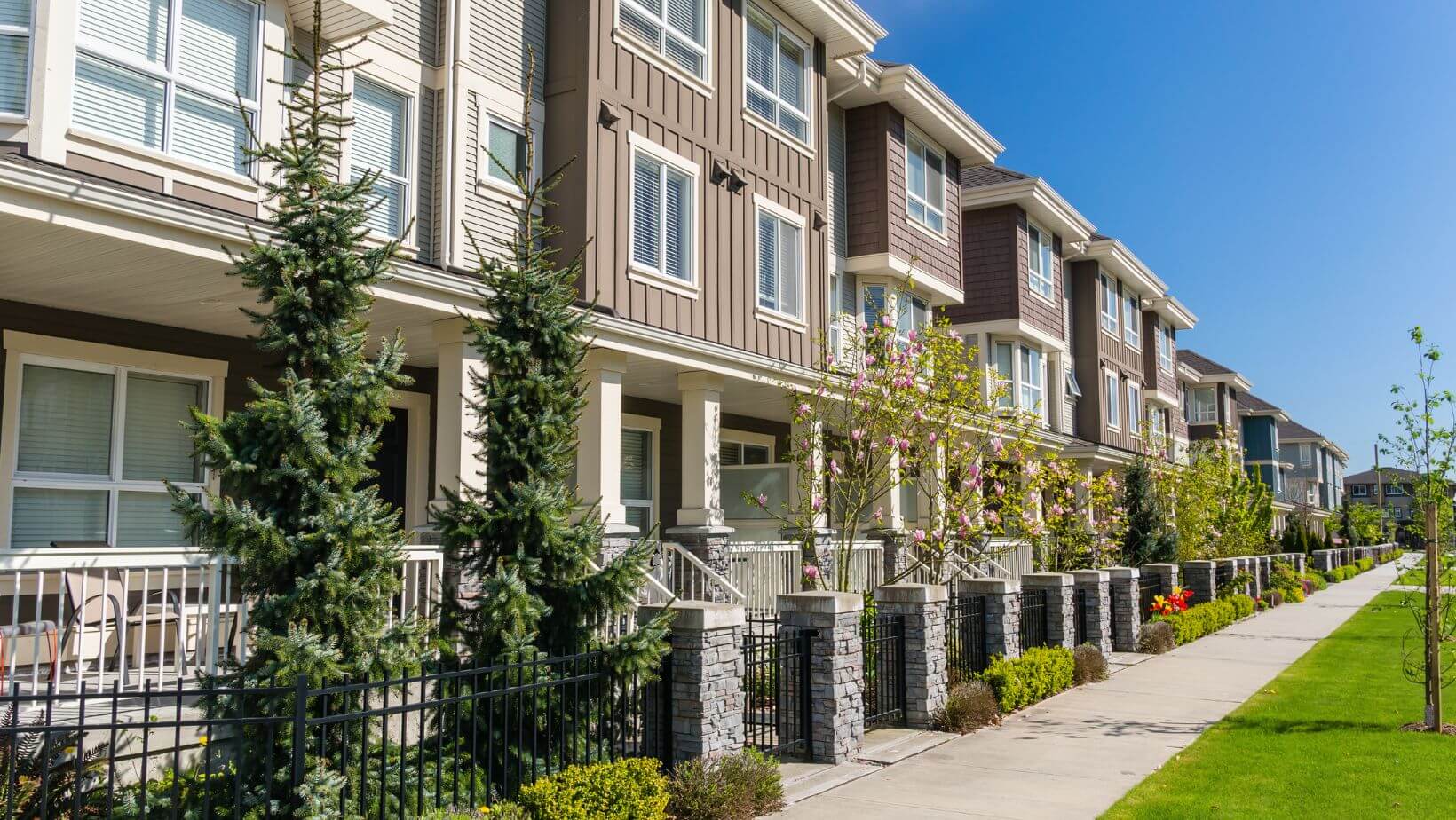Long before they yell emergency, houses mutter cautions. Before you realize it’s actually alerting you to foundation movement, that door that started sticking out of the blue can seem like a small inconvenience. The tiny crack next to your window can be your house’s way of requesting assistance before more serious issues arise.
These subtle indicators are frequently ignored by homeowners who believe they are cosmetic problems or signs of regular aging that can wait for a convenient time to be fixed. Underlying structural issues, meanwhile, are still subtly growing in the background and could lead to costly surprises that could have been avoided with early intervention.
1. Door and Window Drama That Signals Bigger Issues
our home is attempting to convey a significant message when doors that have been operating flawlessly for years suddenly stop closing correctly. When foundations or framing timber alter, the wall structures that house door frames move. Before obvious cracks show up, these sensitive signs frequently identify structural issues.
Windows that become challenging to use should be fixed right away rather than using forceful fixes. Sometimes applying more force to stuck windows will temporarily resolve the issue, but as you get used to the inconvenience, the underlying problem will continue to deteriorate.
General Contractor Indianapolis professionals recognize these warning signs as early indicators of structural movement requiring professional evaluation.
2. What Your Basement Walls Are Trying to Tell You
Basement walls are like gossips – they can’t keep secrets about what’s happening with your house’s foundation. Those cracks aren’t just ugly marks on the concrete; they’re actually telling a story about how your house is handling the stress of supporting itself.
Horizontal cracks are the scary ones. When you see a crack running sideways across your basement wall, that’s your house saying, “Help me, I’m under serious stress.” Vertical cracks might just be normal settling, but they could also mean something more serious is going on. The tricky part is figuring out which is which without a crystal ball.
Water problems in basements often signal foundation troubles that go way beyond just needing a dehumidifier.
3. When Floors Start Acting Weird
Floors don’t lie. They’re connected to everything that holds your house up, so when structural problems develop, floors are usually the first to start acting strange. The changes can be subtle at first, but they’re definitely worth paying attention to.
Want to check if your floors are level? Try the marble test. Drop a marble on the floor and see where it rolls. If it consistently heads toward the same corner or wall, your house might be settling unevenly. This isn’t always a disaster, but it’s worth having someone take a look.
Bouncy floors are another red flag. If you feel like you’re walking on a trampoline, especially in areas where the floor used to feel solid, something underneath might be failing. Could be deteriorating joists, inadequate support, or foundation problems that are compromising your home’s structural framework.
4. Exterior Walls That Wave Red Flags
Outside walls do double duty – they hold up part of your house while keeping weather out. When they start showing problems, it usually means bigger structural issues are developing that need professional attention sooner rather than later.
Exterior walls that bulge or bow are among the most serious structural issues. These walls should be straight, and if they aren’t, that signifies they’re under stress that they weren’t built to withstand. Weather cycles, water damage, and existing structural flaws can all exacerbate these concerns over time.
Look for gaps where different sections of your home connect, such as between walls and foundations, siding and trim, or anywhere two different materials come together. These separation gaps may appear modest, but they frequently signal structural movement that is causing your home to shift in unexpected ways.
5. When Building Systems Start Misbehaving
Have you ever noticed how your circuit breaker constantly tripping in the same position, or how some lights flicker even after you replace the bulbs? Sometimes these electrical gremlins aren’t actually electrical problems; they’re just symptoms of your house shifting about in ways that stress the wiring.
When structural elements alter, your heating and cooling system may have a fit. If your energy costs suddenly increase or some rooms no longer keep at the proper temperature, the ductwork may be pinched, stretched, or detached due to foundation movement. Ducts dislike being manhandled by shifting house pieces.
Here’s a pattern to watch for: if you keep calling repair guys for the same problems over and over, but the fixes never stick, the real culprit might be structural movement. Equipment works fine when it stays where it was installed, but when the house starts doing a slow-motion earthquake, things break in weird ways that temporary fixes can’t solve.
Don’t Wait Until Things Get Worse
Catching structural problems early is like catching any other health issue early – much easier and cheaper to treat. What starts as a small crack or minor settling can become a major disaster if ignored long enough.
Professional structural evaluations provide objective assessments that help distinguish between normal house behavior and actual problems that need fixing. These experts can tell you whether that crack is just cosmetic or if it’s time to start worrying about your house’s stability.


